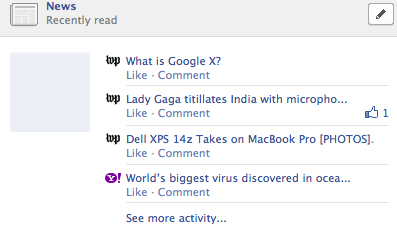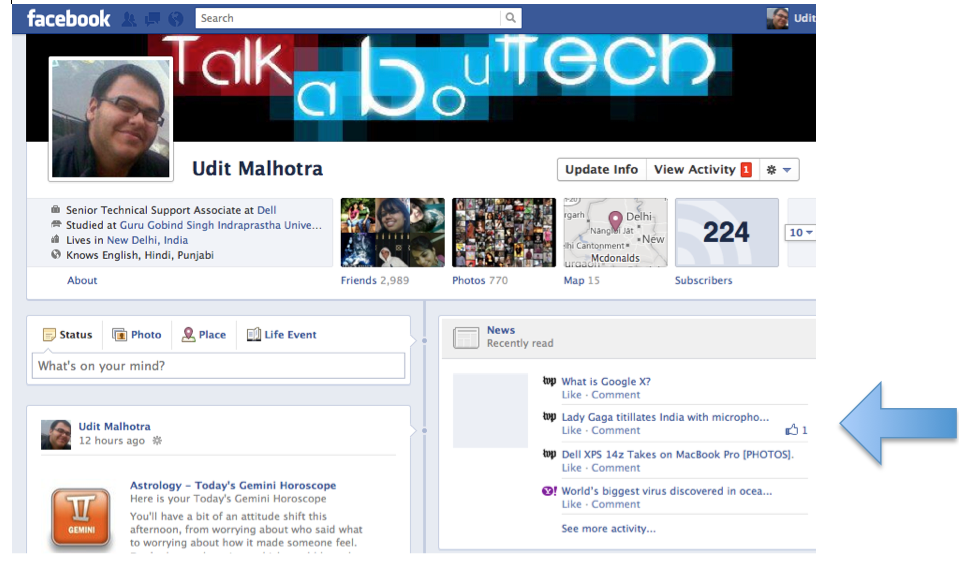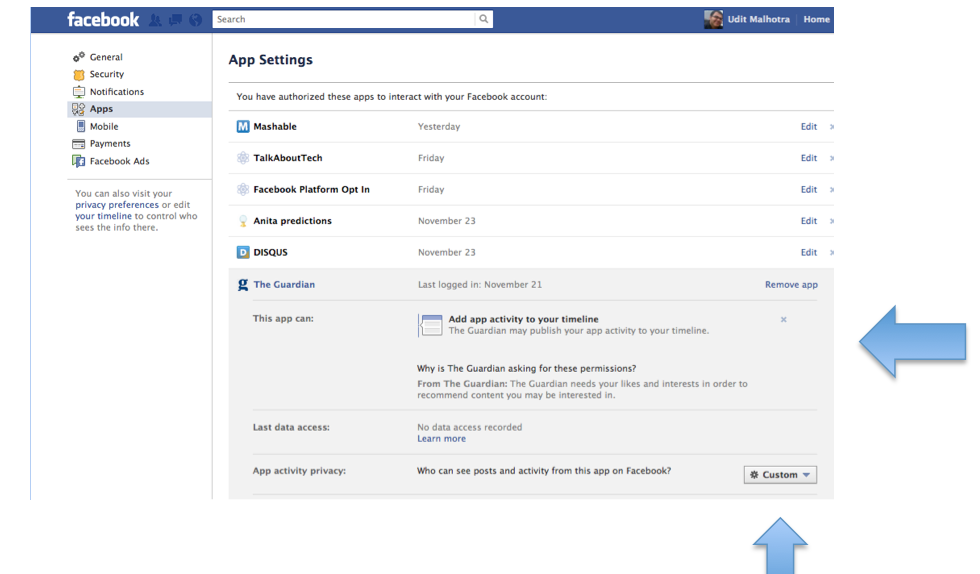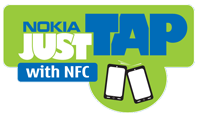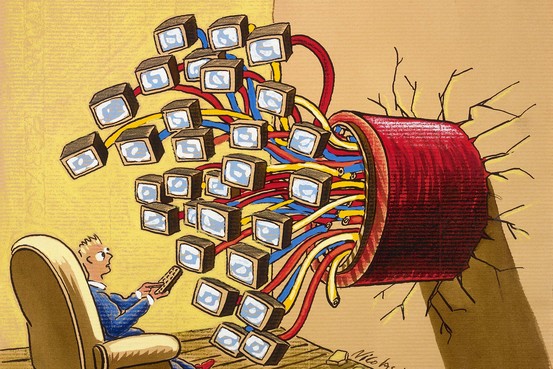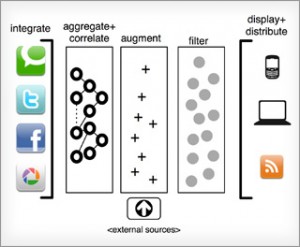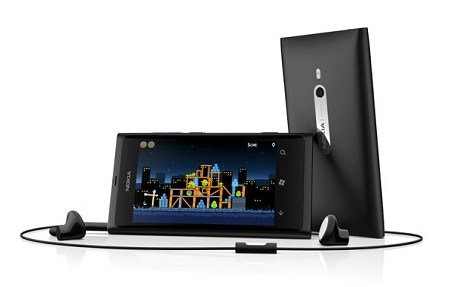
Its everywhere on the internet from rumors to leaked videos to pricing and specs and so on, today we go ahead and discuss about the feature packed Nokia Lumia 800.
Just a few months back all of us were made aware of the recent establishment between Nokia and Microsoft, as part of venture Nokia has an advantage that they had complete authority to go ahead and fully customize the UI and Phone OS, although less of custom built apps are seen as of now by Nokia.
The Nokia Lumia Comprises of 1.4GHz Qualcomm MSM8255 Snapdragon Processor, with an Adreno 205 GPU, the RAM and ROM Size is 512MB, which provides and multitasking at its best. An internal memory of 16GB provides enough space for media including music, videos, apps, documents etc.
What’s New In It? :
- Enhanced UI with Multitasking support.
- Excellent Integrated Social Apps within Windows Phone.
- Sleek Design Improves Reception
- Nokia Apps and Windows Market Place
What’s Not In? :
- Bing Maps (Poor Zoom and Street Names)
- Battery Life
- Front Camera
- No Support For Adobe Flash
- No Support for Expandable Memory (No SD Card Slot)
UI Makes a Difference
The earlier versions of windows mobile operating system were slow, no multitasking and an overall dull interface, that’s the reason it was not a boom or a so called successful OS considering iOS and Android in the ball game. The scenario is now changing towards the positive side with Microsoft’s decision to redo the mobile OS and UI. The Current version of Windows Phone Carries Both Flare and Vivid Functionality. Hardware acceleration with a dedicated GPU and a modern menu makes the touch, look, feel factor to be the best even beating competitors in the league.
The menu comprises of the home screen where one can pin commonly used applications and is ready to go, more the applications better the grouping, if your phone comprises of more than 44 apps it groups apps by names making it easier for the user to use the apps.The home screen interface has dynamic graphics while switching between apps and home screen.
A More Social Phone
Yes, a phone that has social features within the OS, one doesn’t have to download thousands of apps to use Facebook, Twitter, and LinkedIn Etc.
People Hub pulls out a dynamic stream of pictures from Friends across multiple Social Networking Platforms. Social Network Integration is seen across the messaging structure which is similar to Android Devices, with an added benefit of unified communication under a contact, your phone’s texts messages, Facebook, Twitter and so on under a single head and that too with dynamic switching allowing users to switch between phone messaging and social networks.
Sleek Design and Improve Call Quality
The Design of the Lumia Phone has huge resemblance with The Nokia N9, the outer form factor remains about the same, relatively smaller with a polycarbonate body and narrow curve at the ends allowing the phone to be more compact and easy to carry.
The front part comprises of 3.7” Gorilla Glass Screen and three virtual buttons to go back and forth, access the menu, and perform a search.The top has three quick nooks that comprise of a 3.5mm headphone jack, USB Cable Connection Port, and a SIM Slot (The phone uses a Micro SIM). The only physical buttons on the phone lie towards the right side, which includes the volume controls, screen guard lock and a camera key. The camera key has a big plus, it works in standby leading you directly to the camera if you are in mood to snap in a quick photo.The Call Quality is very good on the phone, the phone design leads to an improved phone reception in places with weaker signal strength.
Nokia Apps and Windows Marketplace
Applications make our experience more enhanced and interactive, from games to communication, to media streaming, to watching videos and so on.The Lumia 800 has some pretty good and different applications which Include Nokia Music App and Nokia Drive.
Nokia Drive is a complete voice guided driving suite which allows users to get turn by turn navigation details, now don’t think about data usage on it, users get an option to store the maps locally as in offline and can carry and use the application even without a dedicated data plan, you save a lot money by doing so. Besides that it comprises of multiple views, which include 2D and 3D navigation view.
The Nokia Music App seems to be different yet identical to Windows Phone Zune application with unique differences like Mix station and Gigs.
Mix Station allows users to select a favorite genre, select it, zip- zap and the streaming has begun. Although one can skip tracks that they don’t like but the limit to it is seven tracks in 24Hrs. Gigs yet an included feature within the Nokia Music App seems to be more like Nokia Here and Now, which means the latest buzz on concerts, events, parties etc. are just a touch away.
Windows Marketplace is still on a throttle, although applications available might not be as great as compared to Apple App Store or the Android Market, considering that the platform is still fresh and developing.
Getting closer to dislikes or some sour thoughts on what didn’t turn out well includes Bing Maps, from zoom quality to reading street names is a tough task, Street Names visibility on Bing Maps are not as good as Google Maps or Nokia Maps. Seem to cramp up while one tries to navigate or switch tabs.
Battery life is fair, not good or bad one has to charge the phone at end of the day, considering the phone is a Nokia, it makes the phone feel shy comparing battery life performance predecessor Symbian. Windows Phone is more packed with features hence more power needed.
The Phone does not have Front Camera Support, by missing out such an essential feature it seems to be an injustice. The user does not have an option to make a video call.
The phone also lacks support for Adobe Flash for mobile, live flash playback via web browser is not supported as a part of the user interface.
The Camera resides in the center with a 8MP Carl Zeiss Lens. Image Clarity and Output is good besides two constraints, focus response being the first one and image clarity in low light conditions being the other one.
Considering all pros and cons, one must consider all options before buying the handset. The competing handsets like Galaxy S2 and iPhone 4S give more feature rich content and wider application options to customize and enhance user interactivity and experience at very less price difference.
